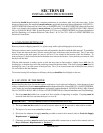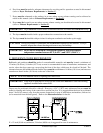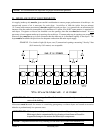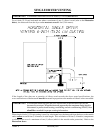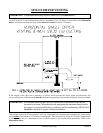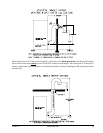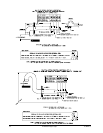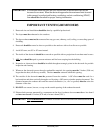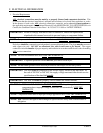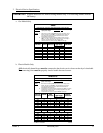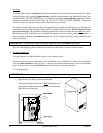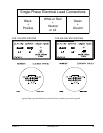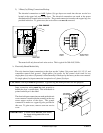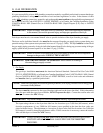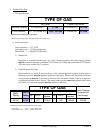
113222-5 www.amdry.com 15
IMPORTANT: For extended ductwork runs, the cross section area of the ductwork can only be
increased to an extent. When the ductwork approaches the maximum limits as noted
in this manual, a professional heating, ventilating, and air-conditioning (HVAC)
firm should be consulted for proper venting information.
IMPORTANT VENTING REMINDERS
1. Ductwork size and installation should be done by a qualified professional.
2. The dryer must be exhausted to the outdoors.
3. The dryer exhaust must not be connected into any gas vent, chimney, wall, ceiling, or concealing space of
a building.
4. Ductwork should be routed as short as possible to the outdoors with as few elbows as possible.
5. Avoid 90º turns, use 30º or 45º turns instead.
6. The inside of the ductwork should be as smooth as possible with no projections from sheet metal screws.
7. ALL ducts should be taped to prevent moisture and lint from escaping into the building.
8. Inspection or clean out doors should be installed throughout strategic points in the ductwork for periodic
inspection and cleaning.
9. Whenever the ductwork passes through combustible materials, the opening must be 2-inches (5.08 cm)
larger than the duct (all the way around). The duct must be centered within this opening.
10. The outside of the ductwork must be protected from the weather. A 90º elbow must be used for a
horizontal run and when vertically through a roof by using a 180º turn to point the opening downward. The
distance between the exhaust duct and the nearest obstruction (i.e., roof or ground) must be twice the
diameter of the duct.
11. DO NOT use screens, louvers, or caps on the outside opening of the exhaust ductwork.
12. Exhaust back pressure measured by a manometer at the dryer’s exhaust duct area must be no less than 0
and must not exceed 0.3 inches (0.74 mb) of water column (W.C.).
IMPORTANT: It is recommended that exhaust or booster fans not be used in the exhaust ductwork
system.



